As young girls go through puberty, many changes occur in their bodies, including the development of breasts. Along with these changes, it is not uncommon for teenagers to experience soreness in their breasts.
In this informative article, we will delve into why your teen's breasts may be sore and provide essential knowledge for both teenagers and their mothers.

The Normal Process of Breast Development
The normal process of breast development during puberty is a complex and gradual transformation that occurs in several stages.
Budding Stage:
At the onset of puberty, the breasts begin to develop. This initial stage is known as the budding stage, where small mounds or bumps appear beneath the nipples. These mounds, called breast buds, consist of a combination of glandular tissue, fat, and connective tissue.
Growth and Shape Formation:
As puberty progresses, the breasts continue to grow in size and shape. The breast buds become more prominent and start to fill out. The growth is mainly due to the accumulation of glandular tissue, which is responsible for milk production, as well as an increase in fat deposits.

Development of Milk Ducts:
Alongside the growth of glandular tissue, the milk ducts, which are responsible for transporting milk from the glands to the nipple, begin to develop. These ducts branch out and extend throughout the breast tissue, forming a network that allows for the efficient delivery of milk during lactation.
Areola and Nipple Changes:
As the breasts develop, changes also occur in the areolas—the pigmented area surrounding the nipples—and the nipples themselves. The areolas may darken in color and increase in size, while the nipples become more prominent and may become erect more easily.
Final Shape and Size:
Breast development continues throughout adolescence and may continue into the late teenage years or early adulthood. The final shape and size of the breasts vary among individuals and are influenced by genetic factors, hormonal fluctuations, and overall body composition.

Why Teen Breasts Might Feel Sore?
Hormonal Fluctuations:
Hormonal fluctuations, particularly changes in estrogen and progesterone levels, can cause breast soreness in teenagers. During the menstrual cycle, estrogen levels rise and fall, reaching their peak just before menstruation.
This hormonal surge can lead to breast tissue swelling and increased sensitivity, resulting in soreness or tenderness. The discomfort typically subsides once the menstrual period begins.
Breast Growth:
As the breasts undergo development, the growth of glandular tissue and the stretching of the skin can cause soreness or tenderness. This discomfort is a natural part of the breast's growth process and is often temporary.
It is important to reassure teenagers that breast soreness during this phase is normal and should diminish as the breasts continue to develop.

Physical Activity:
Engaging in physical activities that involve repetitive movements, jumping, or vigorous exercise can cause temporary breast soreness. The bouncing or jarring motion during such activities can strain the breast tissue, leading to discomfort.
Encourage teenagers to wear a supportive sports bra during exercise to minimize breast movement and reduce soreness.
Ill-Fitting Bras:
Wearing ill-fitting bras that do not provide proper support can contribute to breast soreness. Bras that are too tight or too loose can lead to increased pressure or inadequate support for the developing breasts.
It is crucial for teenagers to wear bras that fit correctly, with the band snugly supporting the breasts and the cups providing proper coverage. A professional bra fitting can help ensure a proper fit and alleviate discomfort.

Alleviating Breast Soreness
While breast soreness is often a normal part of development, there are several strategies teenagers can try to alleviate discomfort.
Wear the Right Bra:
Wearing a properly fitted bra is crucial for providing support and reducing breast soreness. Encourage your teenager to get a professional bra fitting to ensure they are wearing the correct size and style. A well-fitted bra should provide proper coverage, support the breasts, and distribute the weight evenly, reducing strain on the breast tissue.
Use Warm Compresses:
Applying warm compresses to the breasts can help alleviate soreness. Instruct your teen to place a warm towel or cloth on the affected area for about 10-15 minutes a few times a day. The warmth can help relax the muscles and improve blood circulation, reducing discomfort.

Over-the-Counter Pain Relief:
If breast soreness persists and becomes bothersome, over-the-counter pain relievers such as acetaminophen or ibuprofen can offer temporary relief. However, it is important to consult a healthcare professional or pharmacist before taking any medication to ensure it is safe and suitable for your teen's specific situation.
Gentle Massage:
Gentle breast massage using circular motions can help improve blood circulation and reduce soreness. Encourage your teenager to use their fingertips and apply light pressure while moving in a circular motion from the outer edges of the breasts towards the center. However, it is essential to emphasize that the massage should be gentle and not cause any pain or discomfort.
Remind your teenager to listen to their body and take breaks when needed. If the breast soreness persists or worsens despite these measures, it is advisable to seek medical advice from a healthcare professional for further evaluation and guidance.

When to Seek Medical Advice?
While breast soreness is generally normal during puberty, there are instances when it may be necessary to seek medical advice.
Severe or Prolonged Pain:
If your teenager experiences severe or prolonged breast pain that significantly interferes with their daily activities, it is important to seek medical advice. Persistent and intense pain that does not improve with self-care measures may require further evaluation to rule out any underlying issues.
Unusual Changes:
Any unusual changes in the breasts should be taken seriously and evaluated by a healthcare professional. This includes the presence of lumps, bumps, swelling, redness, nipple discharge (other than breast milk in lactating individuals), or changes in breast shape or size. While most breast changes during puberty are normal, it is important to ensure that any abnormalities are properly assessed to rule out any potential concerns.

Prompt medical attention is necessary to determine the cause of these unusual changes and provide appropriate management if needed. Encourage your teenager to communicate openly about any concerns or changes they notice in their breasts, and reassure them that seeking medical advice is an important step in maintaining their breast health.
Conclusion
Understanding why teenage breasts can feel sore is essential for both teenagers and their mothers. By knowing the normal process of breast development, recognizing common causes of breast soreness, and implementing strategies to alleviate discomfort, teenagers can navigate this phase of their lives with greater ease.


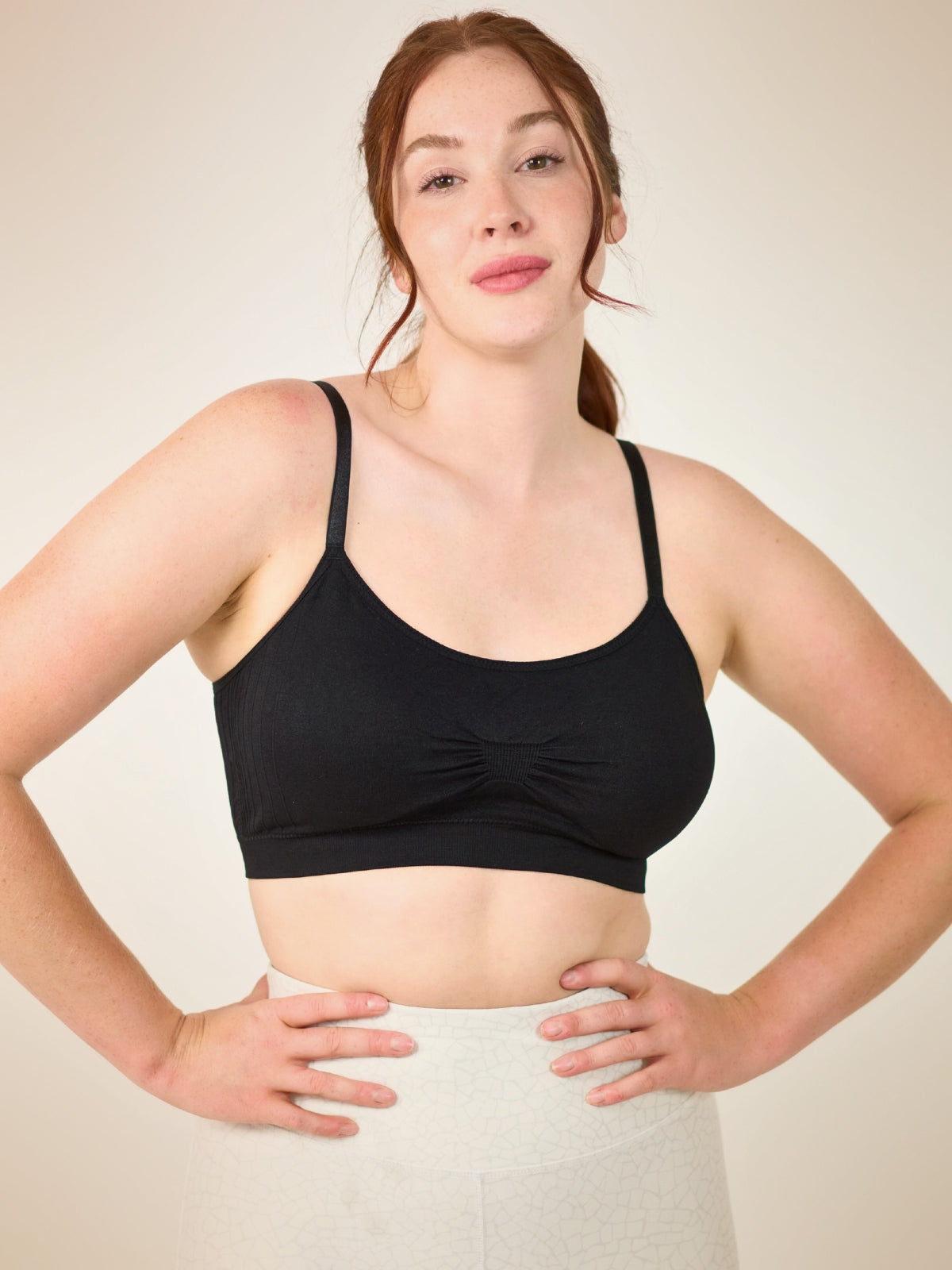
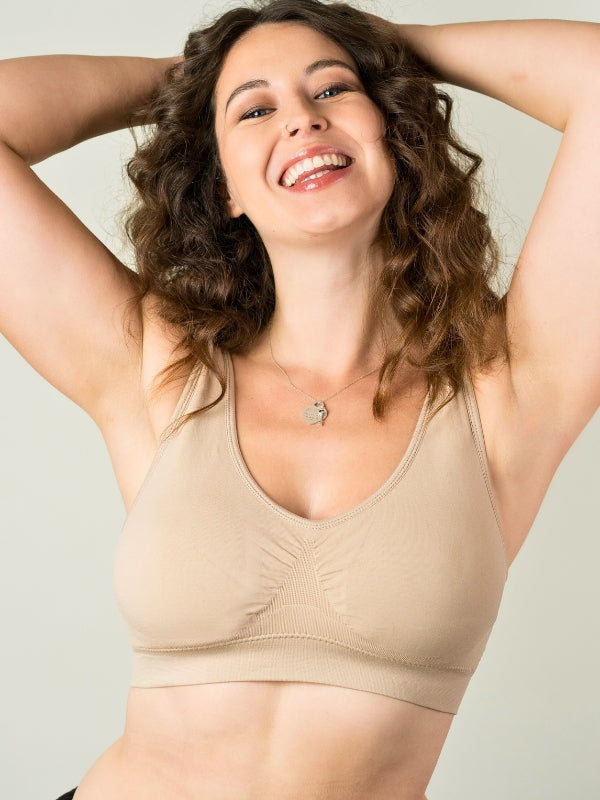
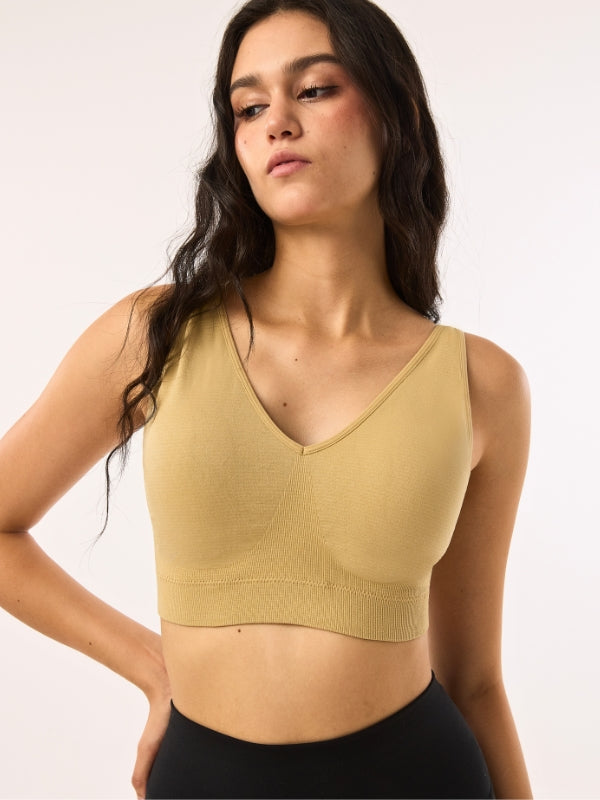
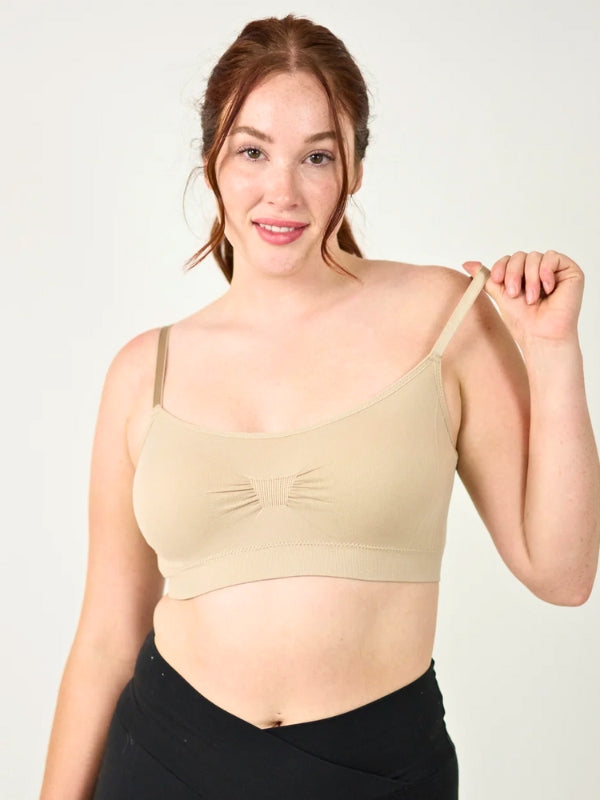

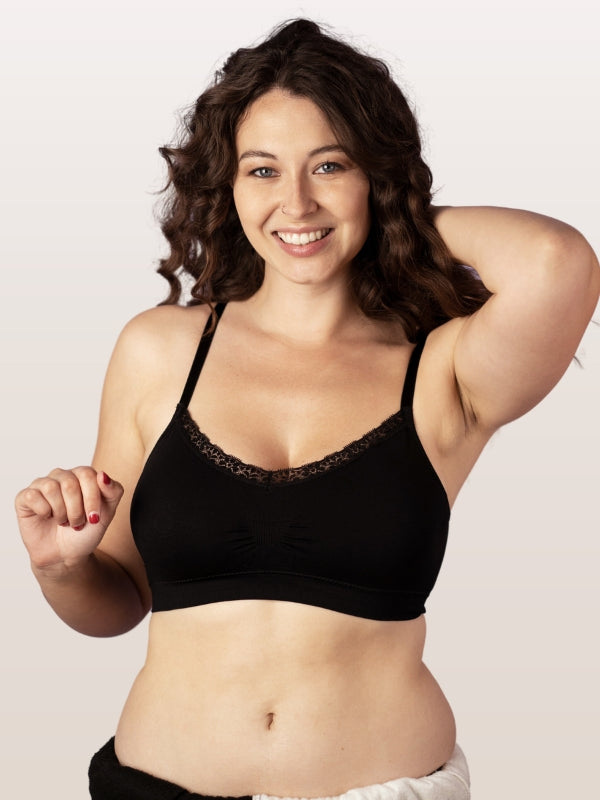
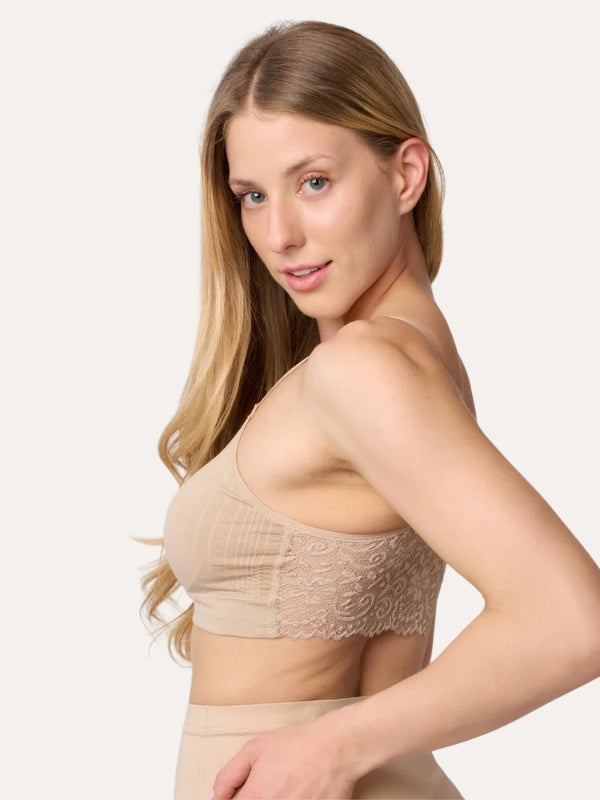



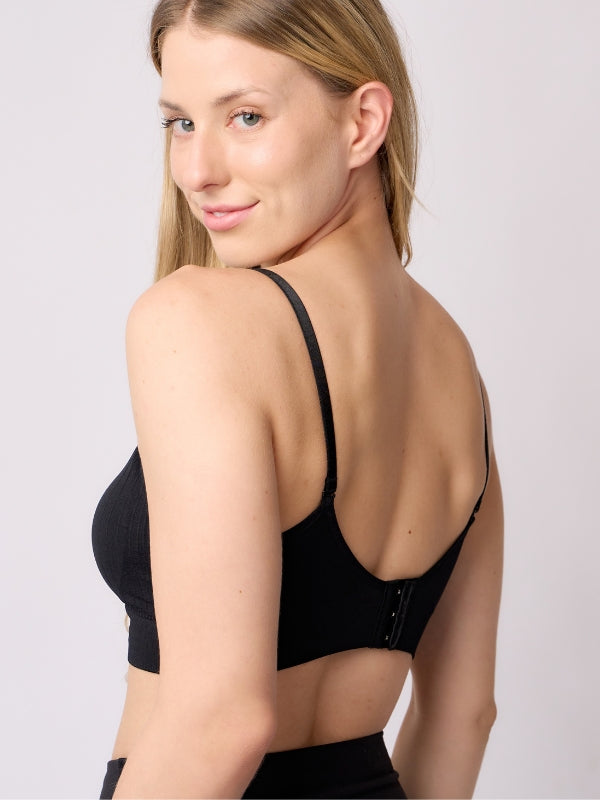
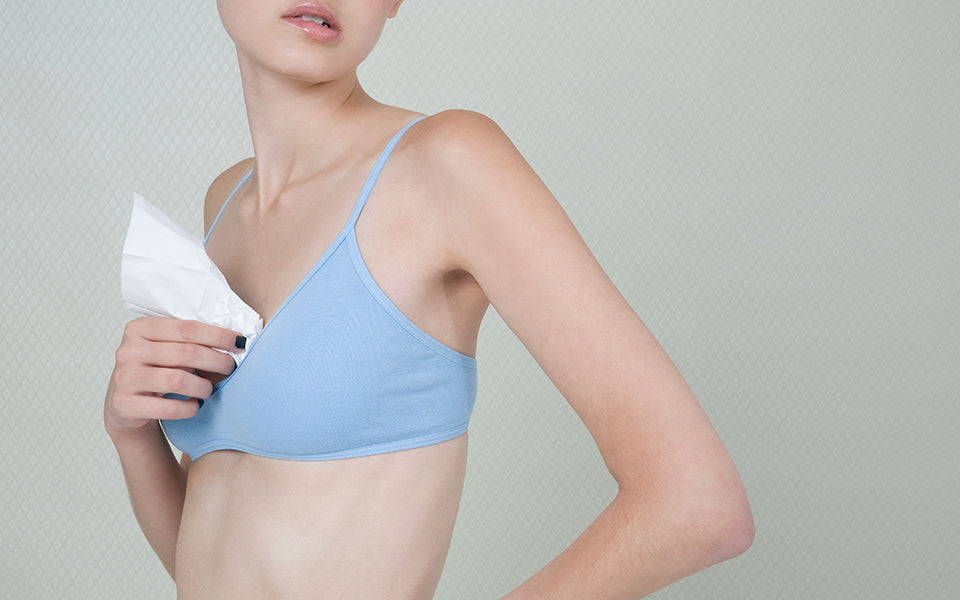

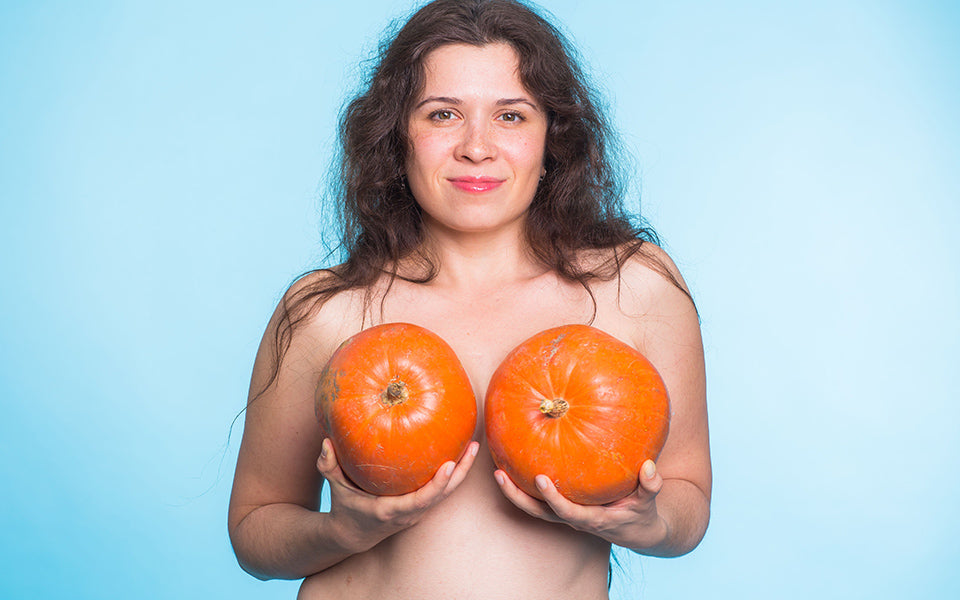

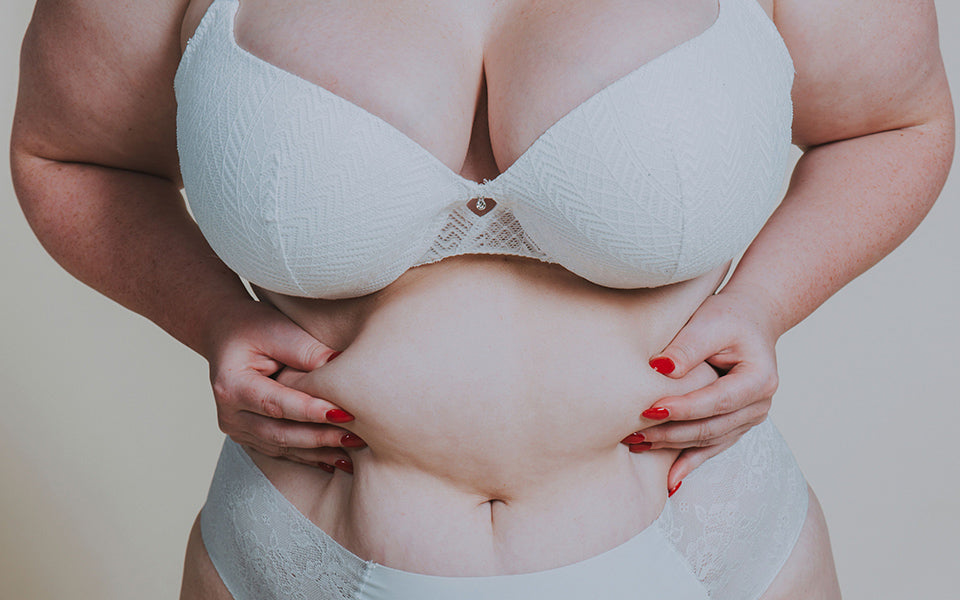
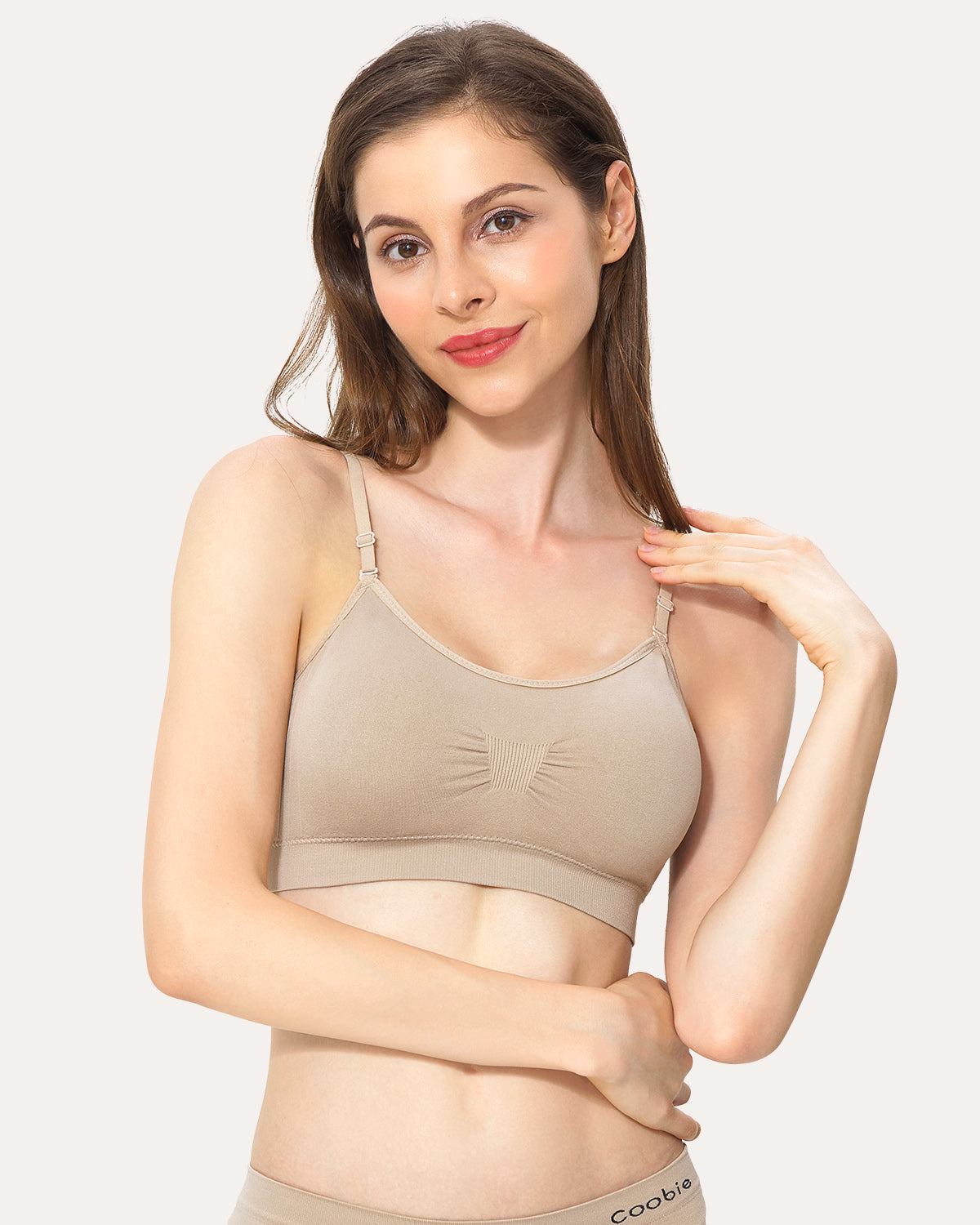

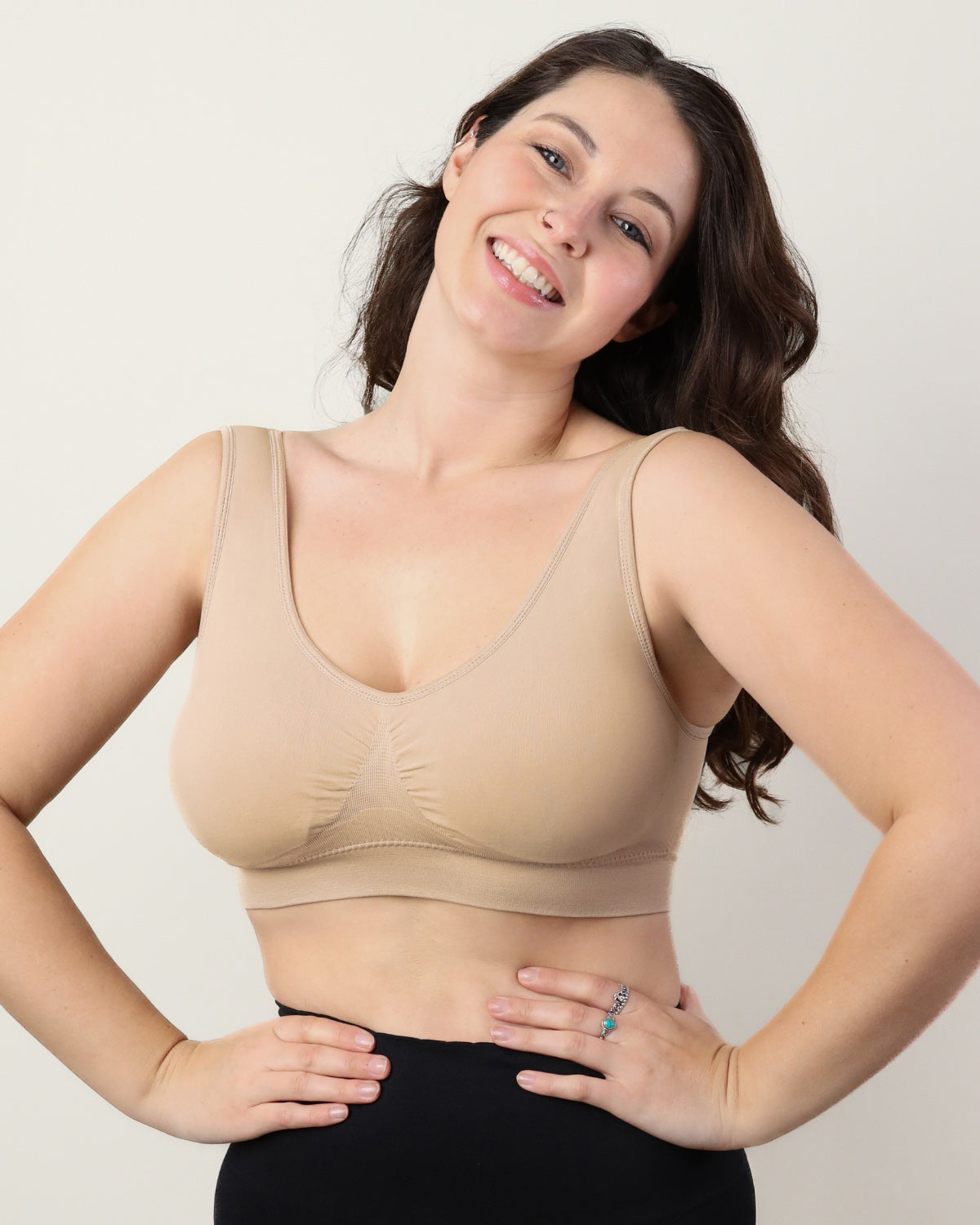

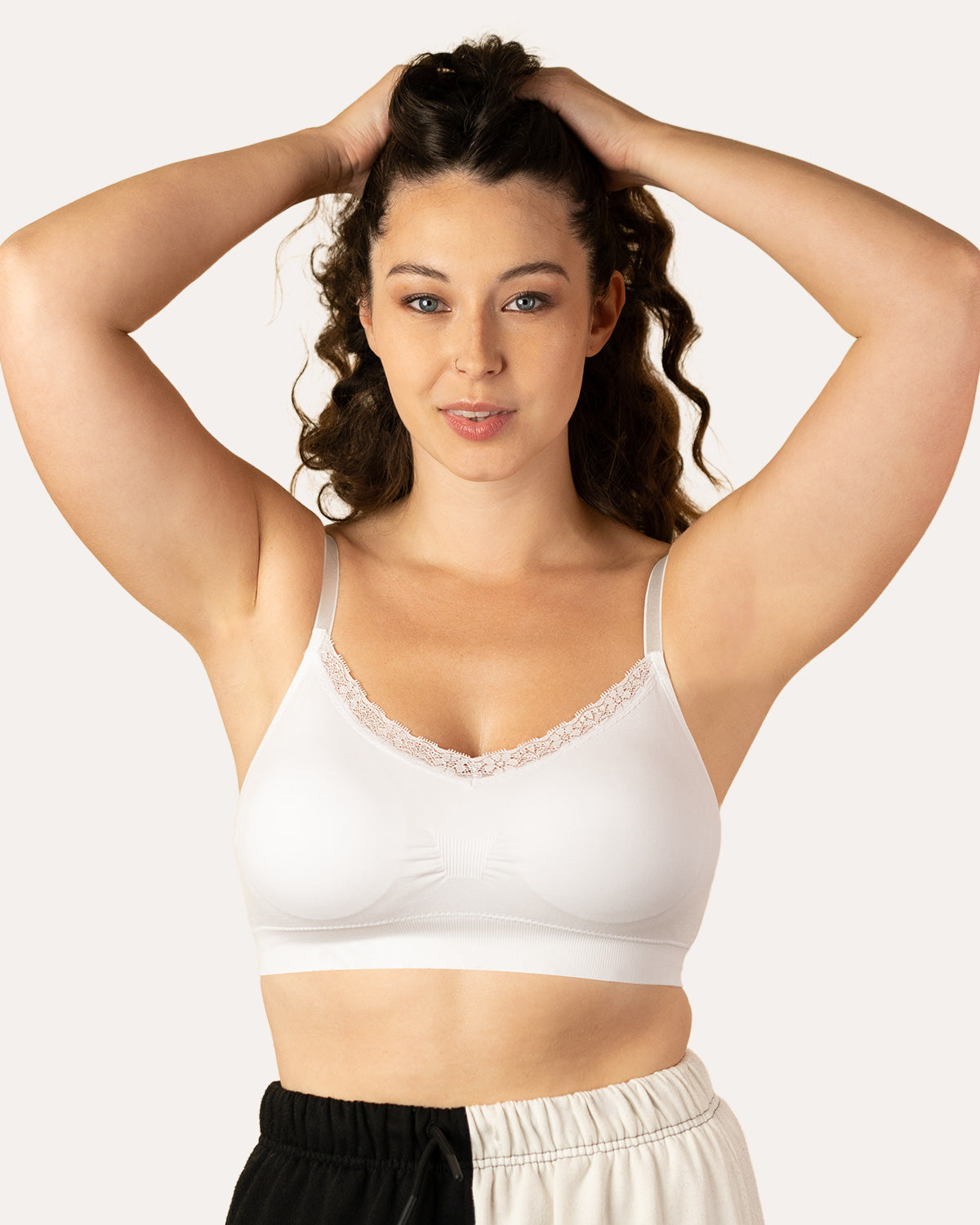
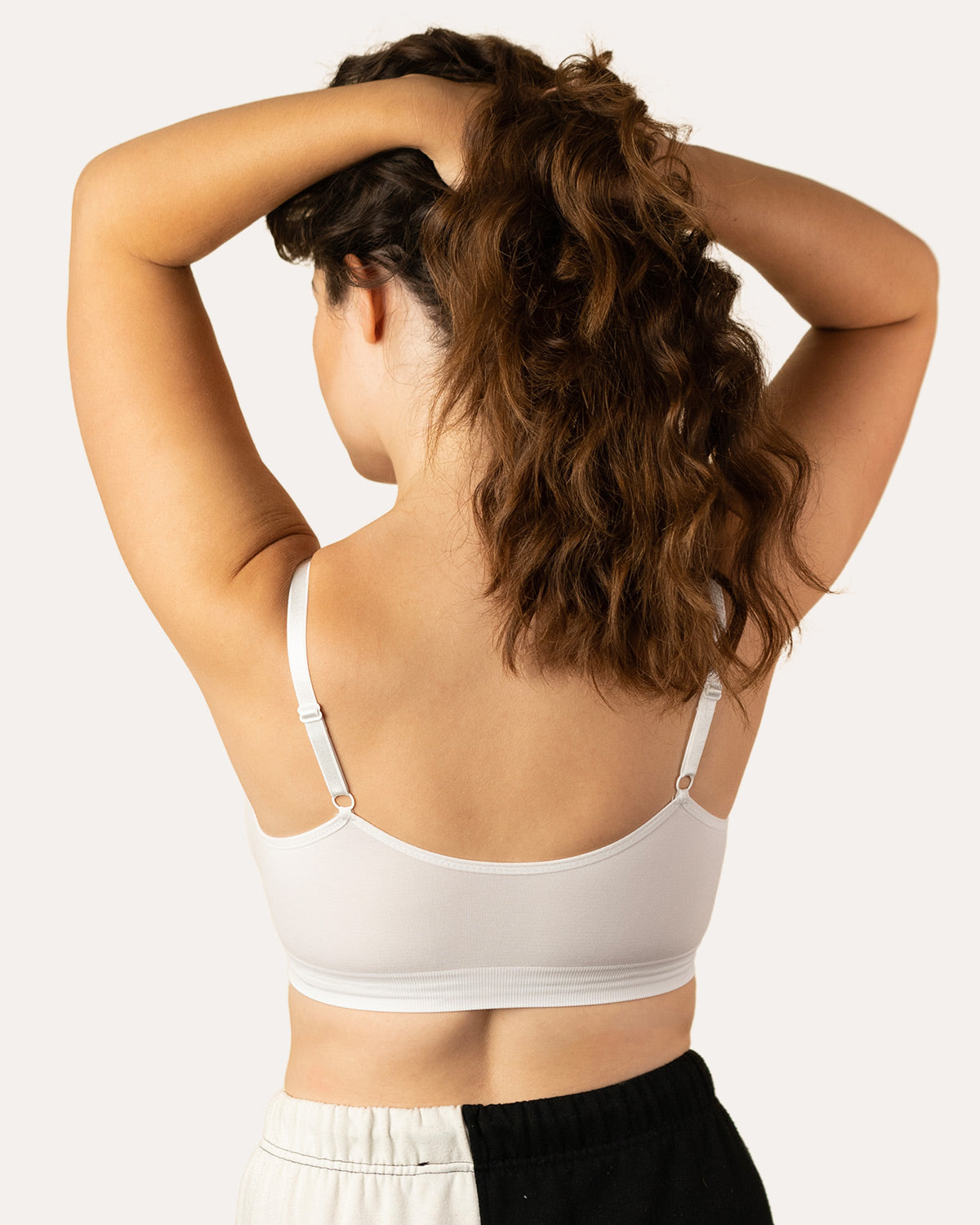

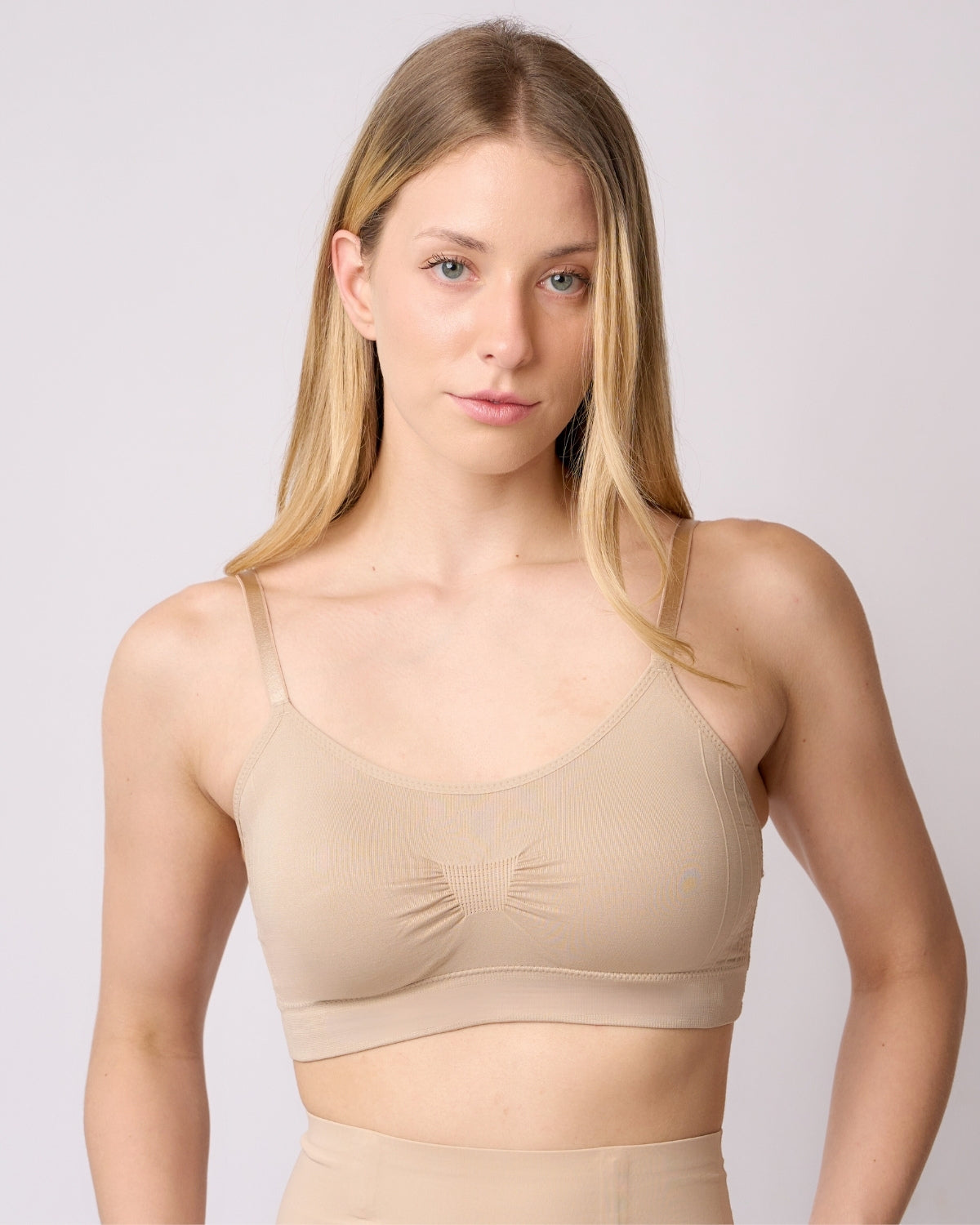

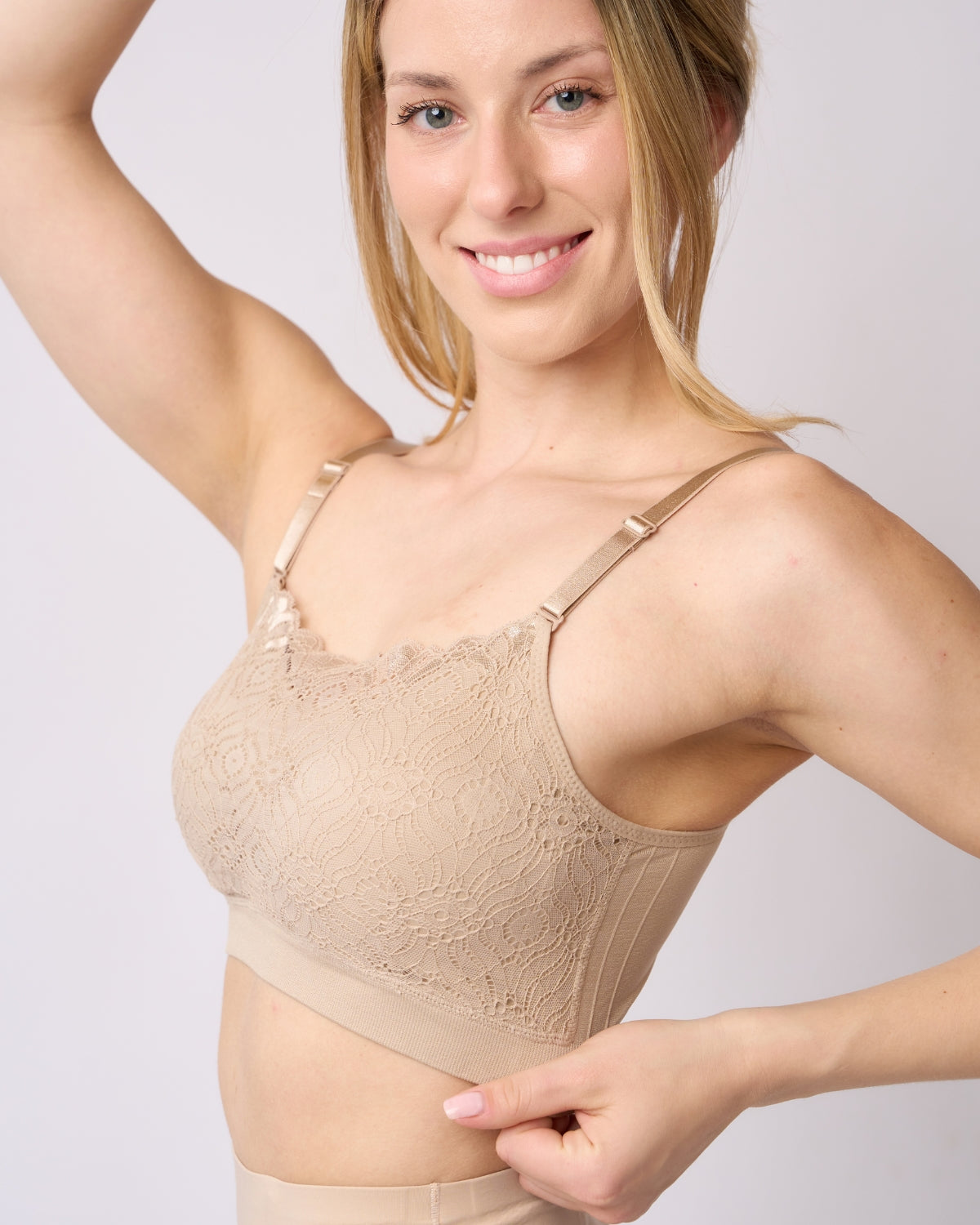

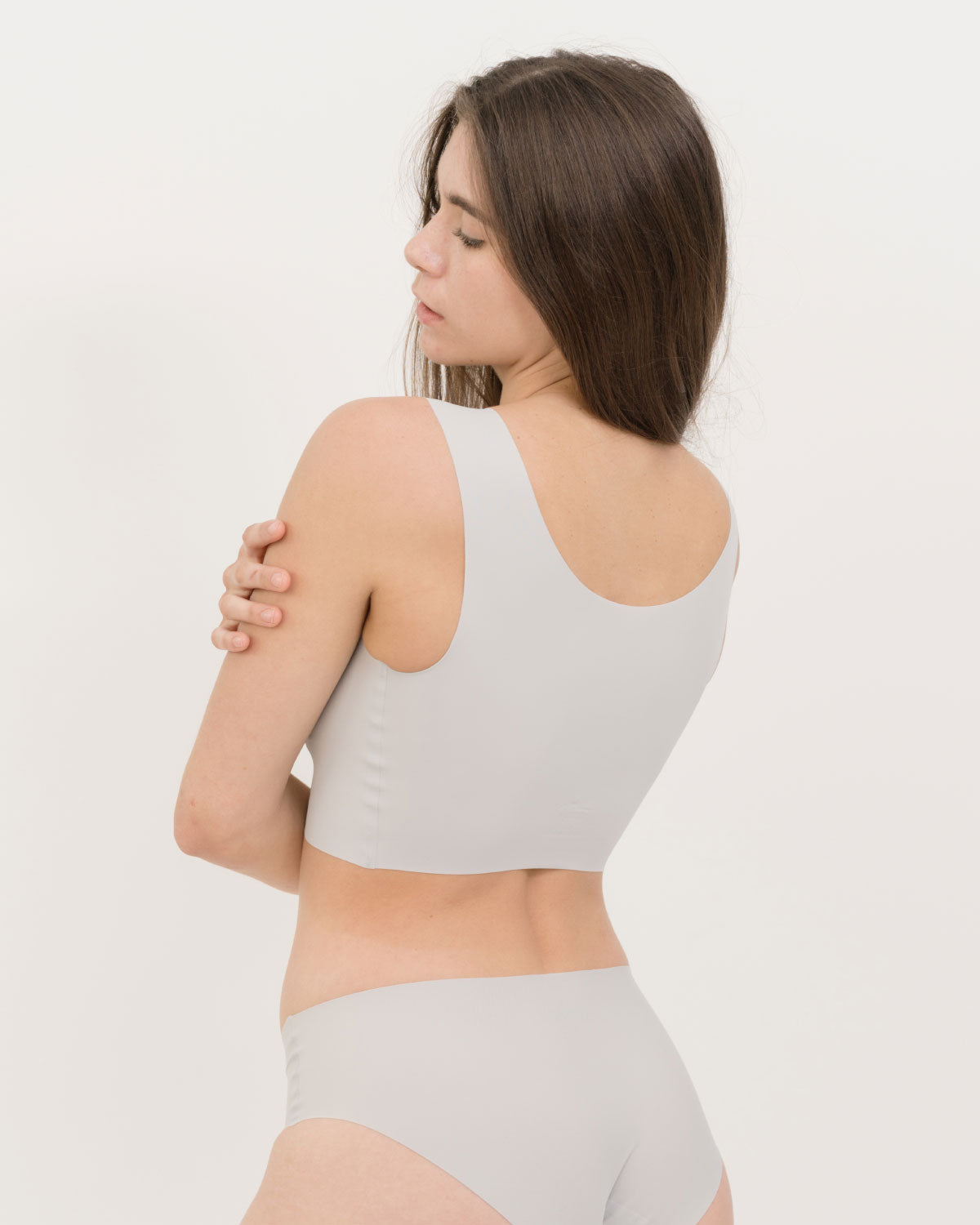
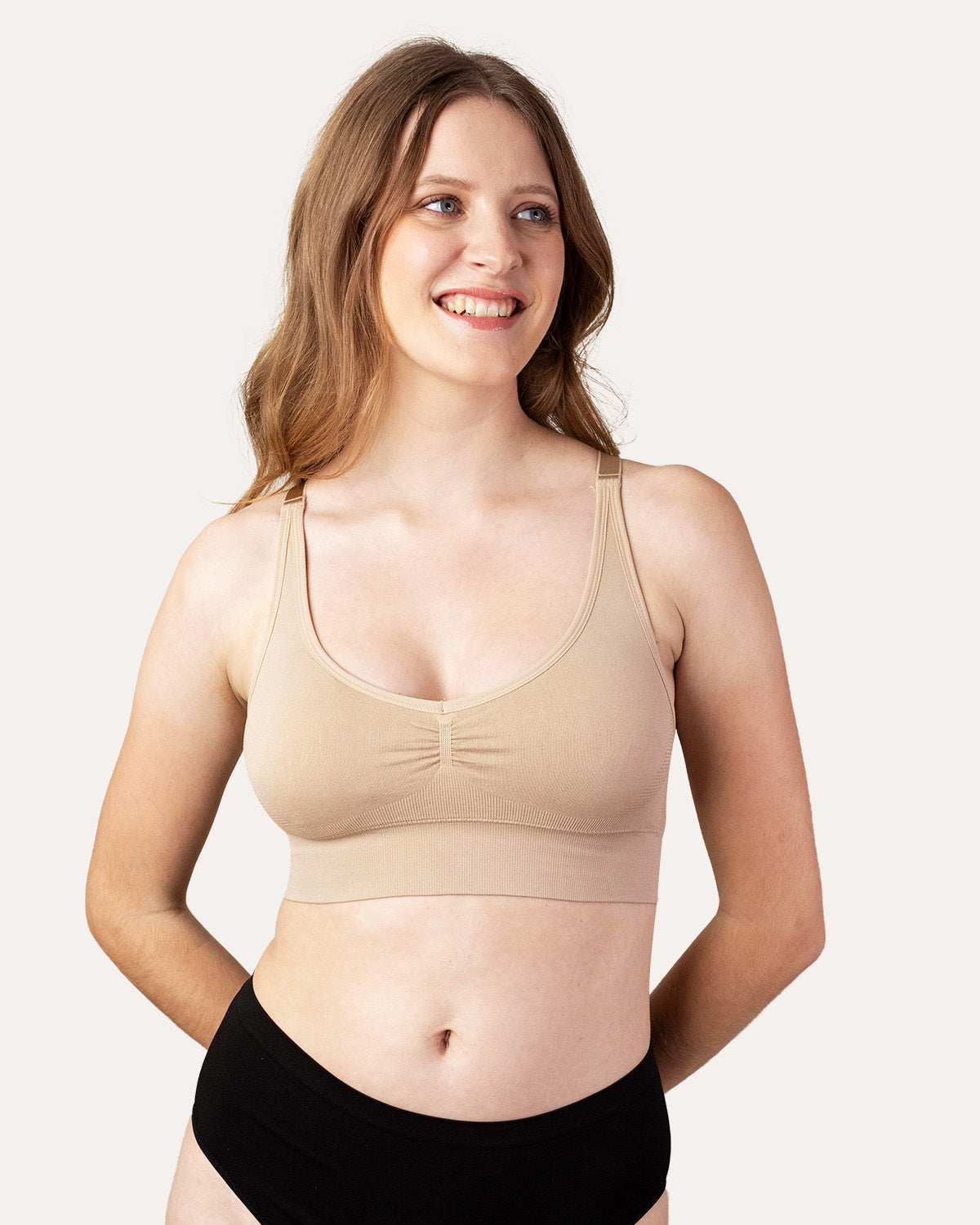
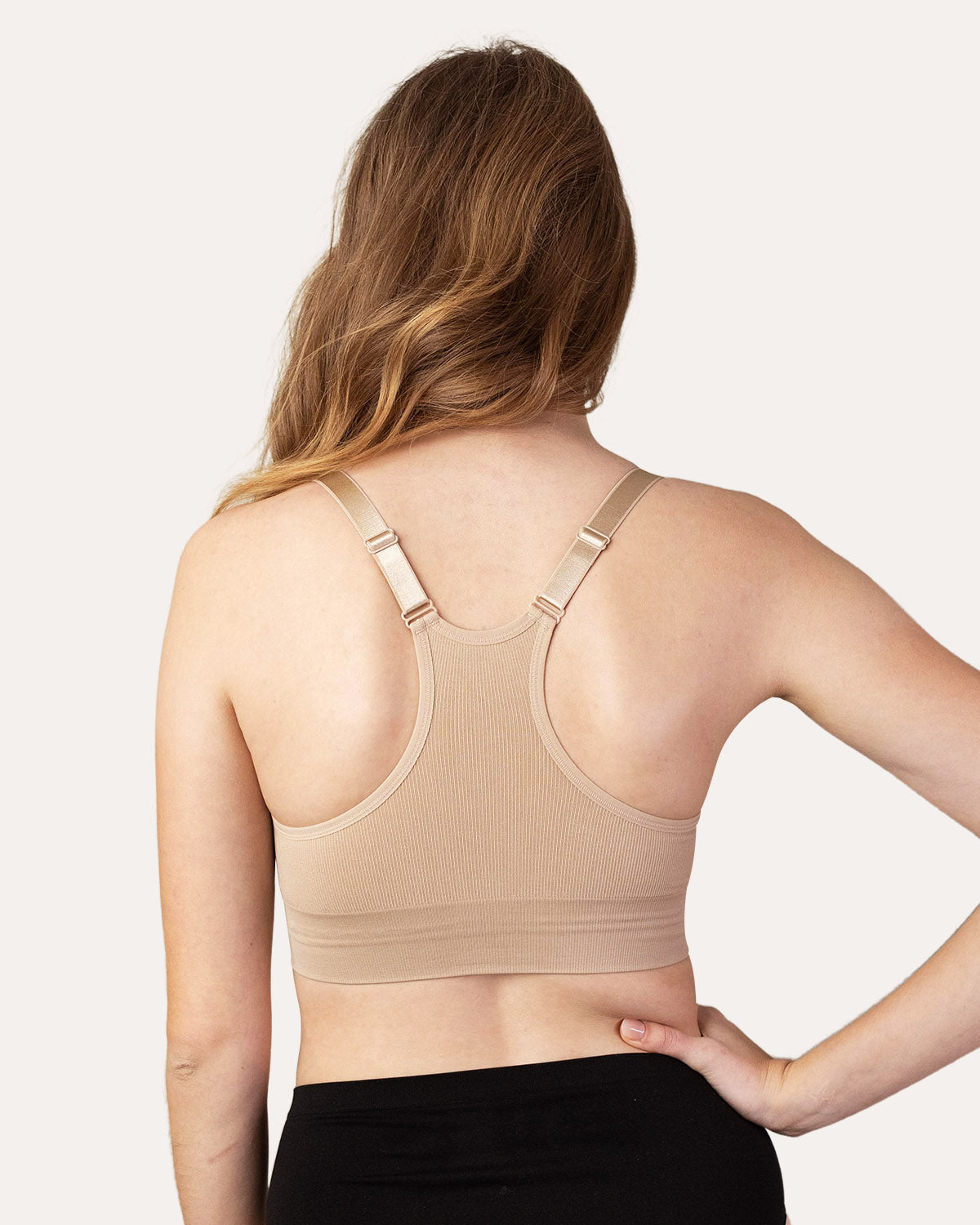
Leave a comment
This site is protected by hCaptcha and the hCaptcha Privacy Policy and Terms of Service apply.